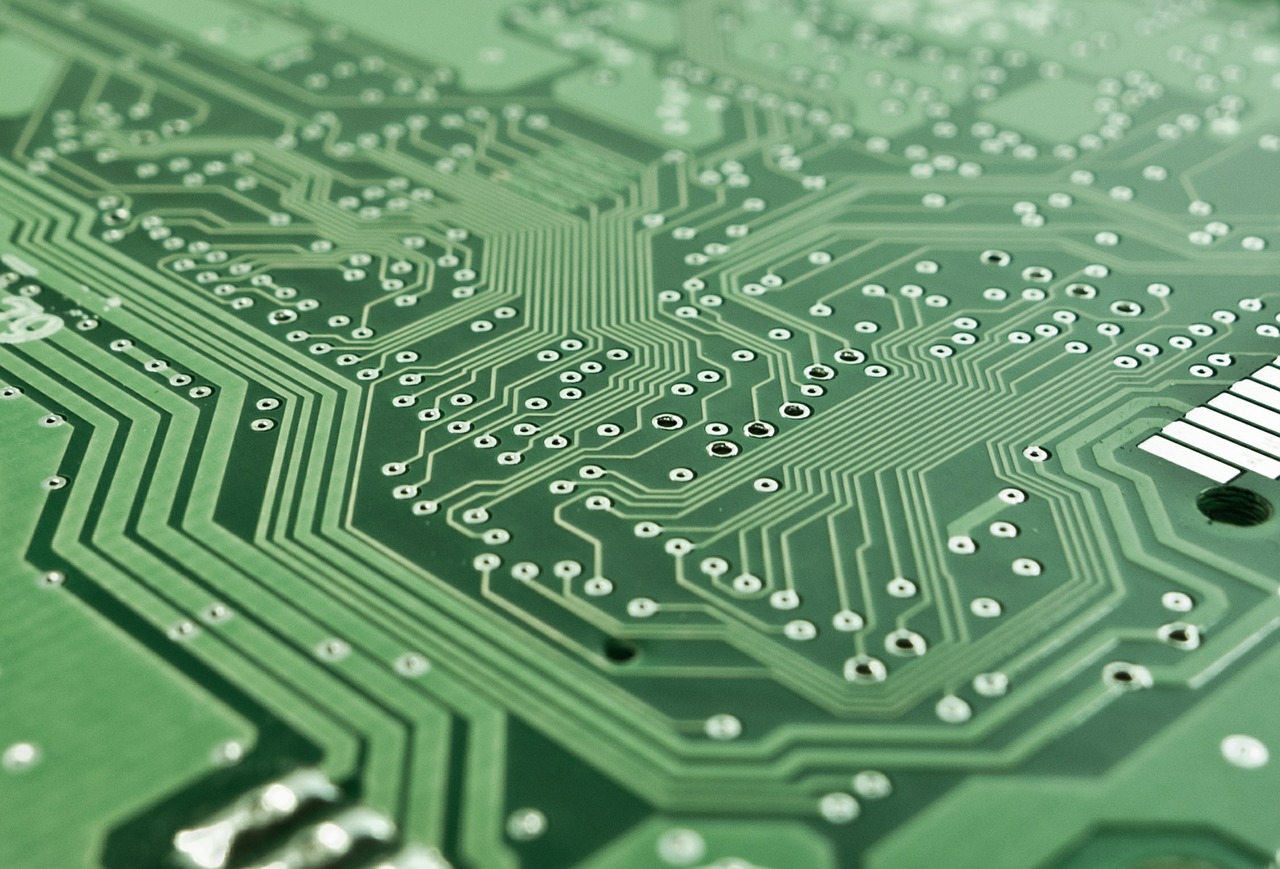
Control electronics and you will control the world.
This reality is not lost on the Chinese government. With the passing of Mao and China’s embrace of what we can call authoritarian capitalism, China made a priority of dominating electronics manufacturing and are now making aggressive moves on my semiconductor industry – a vertical integration of everything electronics. Unimpeded, China will control major parts of the entire electronics supply chain, and in effect control much of the world.
We have ourselves to blame. From the 1980s through today, electronics and semiconductor companies throughout America and Europe happily outsourced assembly and test operations to China, all for the lower labor costs. Few manufacturing operations remained domestically, and my company, Micrel, was one of the few semiconductor enterprises with fabrication facilities stateside.
The long-term risk
Electronics and semiconductors are in everything, from your iPhone to Defense Department satellites. They drive your laptop and the Internet. Modern life as we know it would vanish without these devices and the components within them.
Given this reality, China’s looming electronics hegemony is a systemic threat to the free world. Yet China has not yet put these industries in a headlock, and some small, proactive policy changes can reverse the inevitable outcome of China dominating the field.
President Trump is already executing one option—namely, tariffs. Many bemoan that this has started a trade war, but it is a one-sided fight. Except for agricultural goods, very few countries buy US products. This is why the United States runs a $771 billion trade deficit in goods (our net services exports are a fraction of this deficit). The only retaliatory tariffs China has threatened is on US agriculture. Congress can easily protect farmers through tax relief to the extent of China’s tariff impact.
But this is just the opening volley in a much larger and longer struggle to ensure China does not obtain practical control of electronics. A more permanent fix requires Congress, an “organization” that spends way too much time on social issues. They soon will realize that if you solve economic problems, a lot of social problems resolve themselves. They can begin by addressing this looming, global economic problem of China and electronics.
The short-cycle opportunity
Electronic products and business cycles have less than a five-year life. This was apparent in my semiconductor industry given that we had to invent the components that fed each electronics business cycle. This means major rearrangements of the world order can be made rather rapidly, and in doing so, improve international diversity in electronics. Some of the proposed fixes include:
US RECENTRALIZATION OF SECURITY INDUSTRIES: Prior to the Clinton administration, all US military and aerospace electronic products had to be manufactured in the US. It is viable to make this a requirement again, and through doing so, revitalize key components of American electronics manufacturing.
GEOGRAPHIC VENDOR DIVERSIFYING: American and European countries can take the lead by diverting electronics manufacturing to less hostile countries like Taiwan, Malaysia and India. This can be encouraged through tariff relief.
TAX INCENTIVES TO ONSHORE: Make it more attractive for US electronic companies to manufacture domestically or in friendly nations. Conversely, policy could be constructed to make it unattractive to produce in China.
REAL AND ROBUST IP PROTECTIONS: The leveraging and outright theft in China of the intellectual property of other nations is significant, and definitely not “free trade.” Revamping policy to protect US electronics IP could be done by making it illegal to sell or transfer any critical IP outside the US, especially to China. Perhaps this too is not “free trade” but it is self-preservation.
MORE REPATRIATION: There is still money kept offshore by American corporations, many in the semiconductor and electronics fields. Preferential tax treatment for repatriating that cash, if it is used to manufacture electronic goods in the US, would create jobs and revitalize electronics manufacturing without requiring new taxes on the populace.
The alternative is …
China has evolved into something more dangerous than a communist nation. It has embraced an odd combination of pirate capitalism, top-down dictatorial industrial mission setting, and a messianic quest to dominate electronics. The long-run outcome of this is unhealthy for a world that craves peace and freedom.
But the problem is solvable and inexpensive, and we could see great results within one or two electronics business cycles. Let’s start today.
Originally published at Forbes

